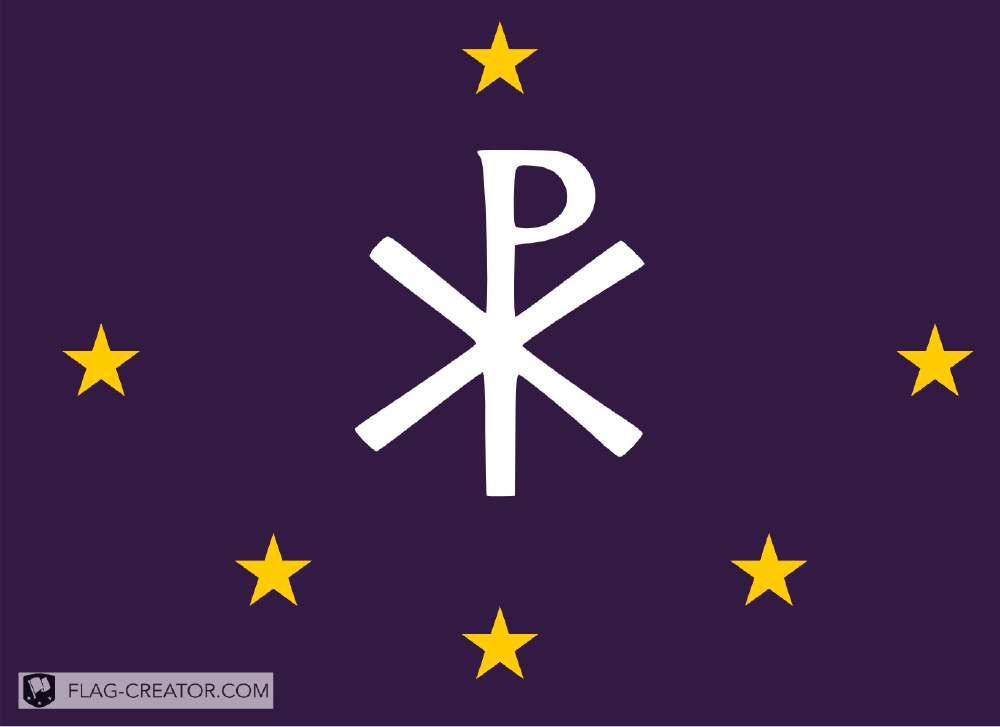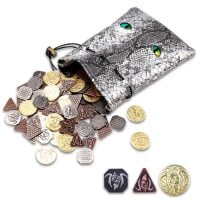| Description: |
The island also has an economic history and current day interest and involvement in precious metals. In 1860, it was observed that the island contained a large supply of gold, which the early Spaniards had hardly developed. By 1919, Condit and Ross noted that much of the island was covered by government granted concessions for mining different types of minerals. Besides gold, these minerals included silver, manganese, copper, magnetite, iron and nickel
Mining operations in 2016 have taken advantage of the volcanogenic massive sulfide ore deposits around Maimón. To the northeast, the Pueblo Viejo Gold Mine was operated by state-owned Rosario Dominicana from 1975 until 1991. In 2009, Pueblo Viejo Dominicana Corporation, formed by Barrick Gold and Goldcorp, started open-pit mining operations of the Monte Negro and Moore oxide deposits. The mined ore is processed with gold cyanidation. Pyrite and sphalerite are the main sulfide minerals found in the 120-meter thick volcanic conglomerates and agglomerates, which constitute the world's second largest sulphidation gold deposit.
Between Bonao and Maimón, Falconbridge Dominicana has been mining nickel laterites since 1971. The Cerro de Maimon copper/gold open-pit mine southeast of Maimón has been operated by Perilya since 2006. Copper is extracted from the sulfide ores, while gold and silver are extracted from both the sulfide and the oxide ores. Processing is via froth flotation and cyanidation. The ore is located in the VMS Early Cretaceous Maimón Formation. Goethite enriched with gold and silver is found in the 30-meter thick oxide cap. Below that cap is a supergene zone containing pyrite, chalcopyrite, and sphalerite. Below the supergene zone is found the unaltered massive sulphide mineralization. |
| Industries: |
The industrial sector contributed an estimated 33.8 percent to the country's GDP in 2017, led by mining and the manufacture of goods for export to the United States, Europe and Asia. To a lesser extent, there is the manufacture of food products, consumer non-durables, and building materials for the local market. The sector employed 20.8 percent of the workforce in 2014.
About 500 companies in the Dominican Republic manufacture goods primarily for the North American market. Situated in 50 industrial free zones around the country, these mostly foreign-owned corporations take advantage of generous tax and other financial inducements offered by the government to businesses that operate within the zones. Approximately 200,000 people, or about 8 percent of the workforce, are employed in this sector. They mostly produce clothing, electronic components, footwear, and leather goods, which are assembled. The raw materials or semi-manufactured goods are usually imported duty-free from other emerging markets (electronic parts are imported from industrialized Puerto Rico) and assembled in the free trade zones. Products include cosmetics, pharmaceuticals, textiles, perfumes & foodstuffs. The value of free-trade-zone exports amounted to US$6.2 billion in 2019, while their imports of intermediate products amounted to US$4 billion.
Other, more traditional manufacturing is based on sugar refining, cement, iron and steel production, and food processing. Rum is a significant export commodity, and beer and cigarettes are manufactured for local consumption. Most industry of this sort is located around the working-class perimeter of Santo Domingo and other large towns.
Agriculture:
With almost 80% of the total land area suitable for crop production and about 17% of the labor force engaged in farming, agriculture remains the primary occupation, accounting for 11% of GDP in 2001. Value of agricultural output grew at an average annual rate of 7.1% during 1968–73, but since 1975 the sector has been hampered by droughts (1975, 1977, and 1979), hurricanes (in 1979 and 1980), and slumping world prices and quota allocations for sugar (since 1985). In 1999, agricultural production was 0.4% higher than during 1989–91. The fertile Cibao Valley is the main agricultural center. In 1998, arable land totaled 1,020,000 hectares (2,500,000 acres); with land under permanent crops at 480,000 hectares (1,200,000 acres).
Livestock:
livestock includes 187,000 goats and 106,000 sheep. There were also about 2.1 million head of cattle, 60% for beef and 40% for dairy.
Fishing:
he total marine production was 18,000 metric tons.[28] Marlin, barracuda, kingfish, mackerel, tuna, sailfish, and tarpon are found in the Monte Cristi Bank and Samaná Bay, which also supports bonito, snapper, and American grouper.
Mining:
Ferronickel was the country's leading export commodity and third-leading industry. Nickel is mined at Bonao. In 2000, nickel production was 39,943 tons, ranking tenth in the world, a decrease from 49,152 in 1997. Currently the most important mineral export is gold.
Production of gold in the Pueblo Viejo mine is the largest gold producing mine in Latin America, and fourth most productive mine in the world producing a total of 30,100 kg of gold in 2018.[32] The extraction by a foreign company of gold at one of the largest mines in the Western Hemisphere has startled and concerned a part of the country who believe that the natural resource should be extracted by local companies and not foreign. Some groups began to protest against Barrick Gold in 2009 and 2010. In 2019 gold is one of the largest exports of the country totaling $1.6 billion and has helped to balance the commodity current account balance.[33]
Production of bauxite, traditionally the principal mining product, ceased in 1992. The Aluminum Co. of America (Alcoa) mined bauxite between 1959 and 1983, when it turned its concession over to the state. Production in 1991 dropped 92% from the previous year, as a presidential decree suspended mining operations at the largest mine, in response to increasing fears of deforestation, although reforestation of mined areas was in progress. Output averaged 1 million tons each year.
The country was one of the few sources of amber in the Western Hemisphere. Salt Mountain, a 16 km block of almost solid salt west of Barahona, was the world's largest known salt deposit. There were also large deposits of gypsum near Salt Mountain, making the Dominican Republic one of three sources of gypsum in the Caribbean. The country also produced hydraulic cement, limestone, marble, and sand and gravel. Substantial lignite deposits were found in the early 1980s. Deposits of copper and platinum are also found in the country.
|
















